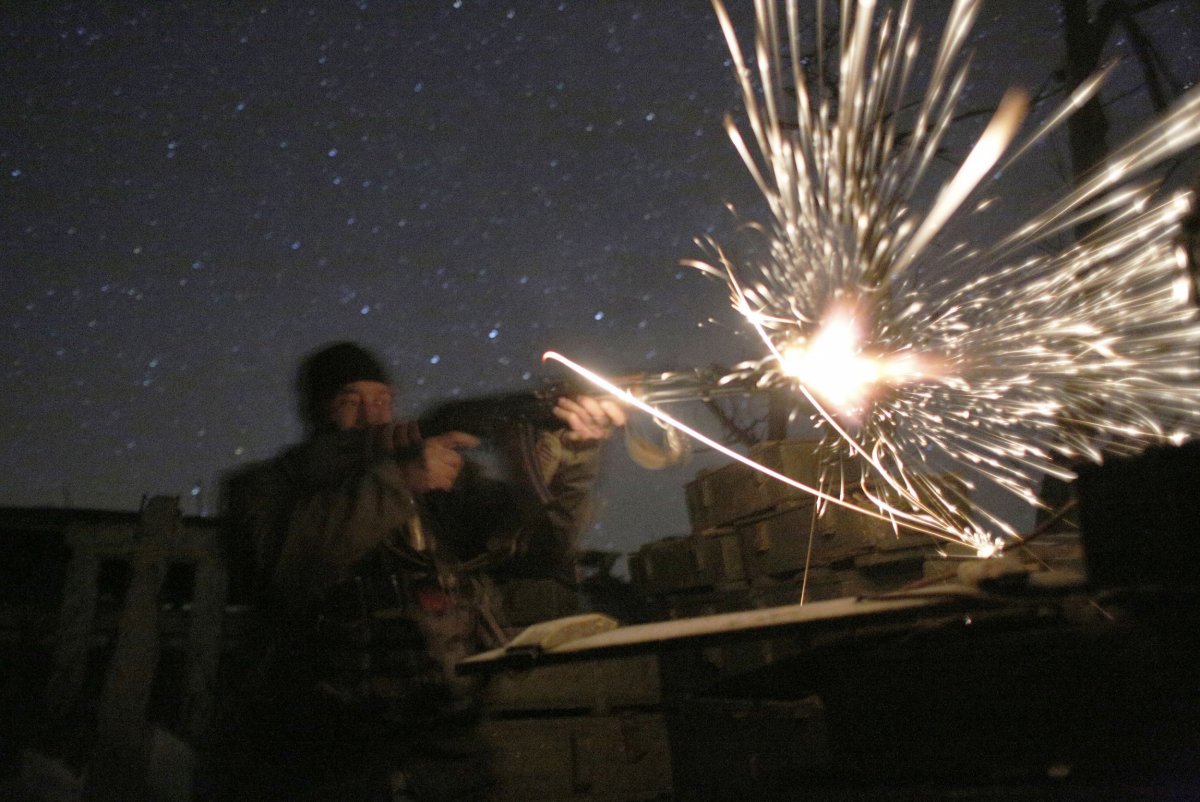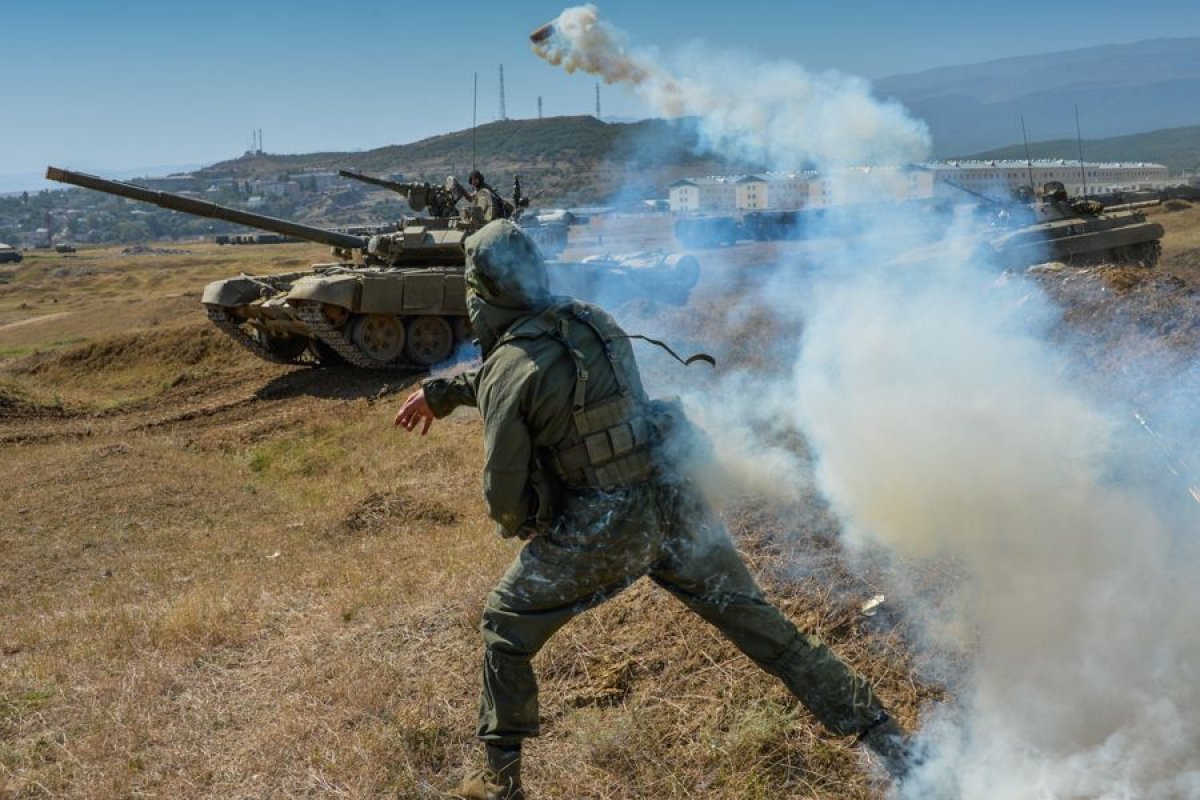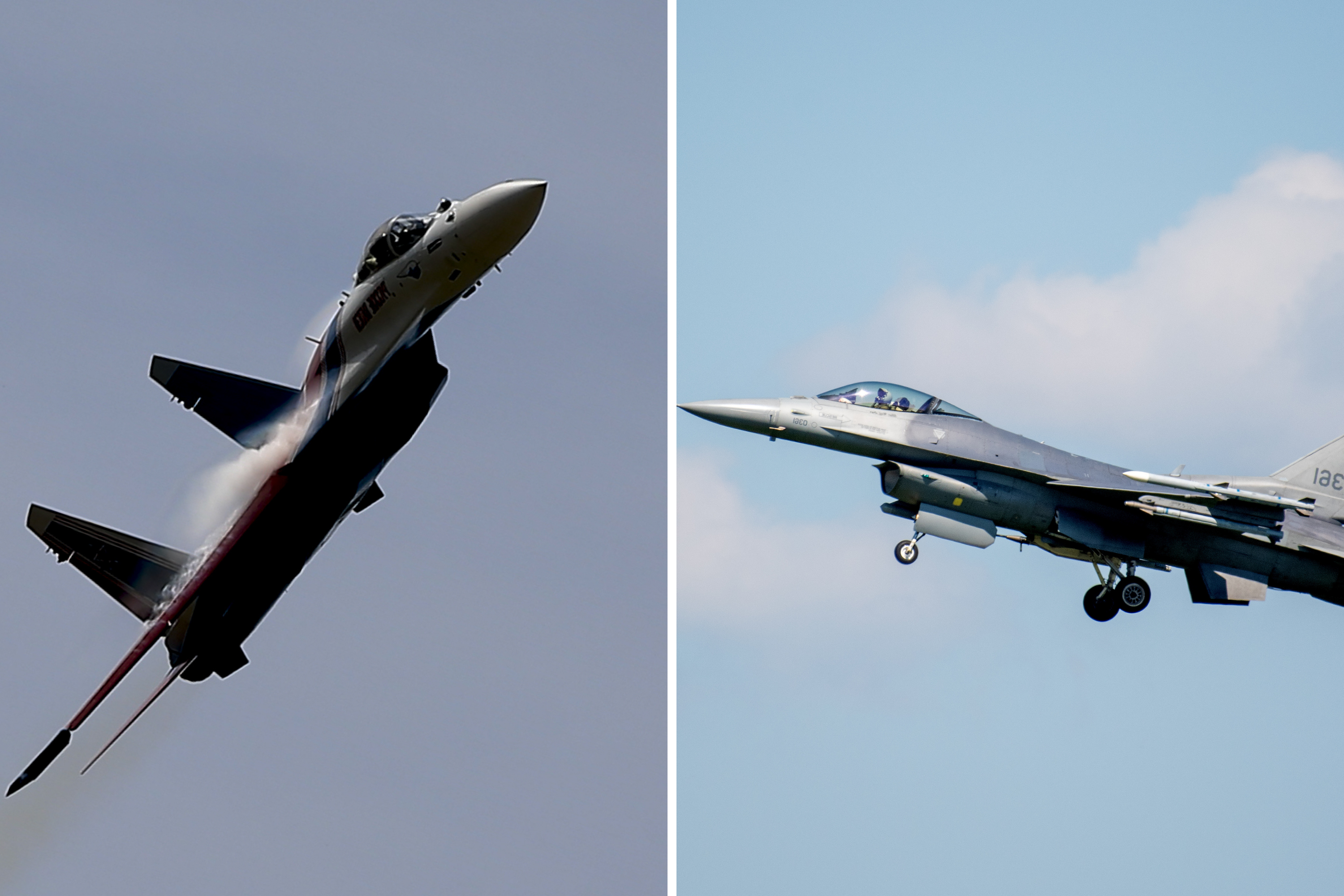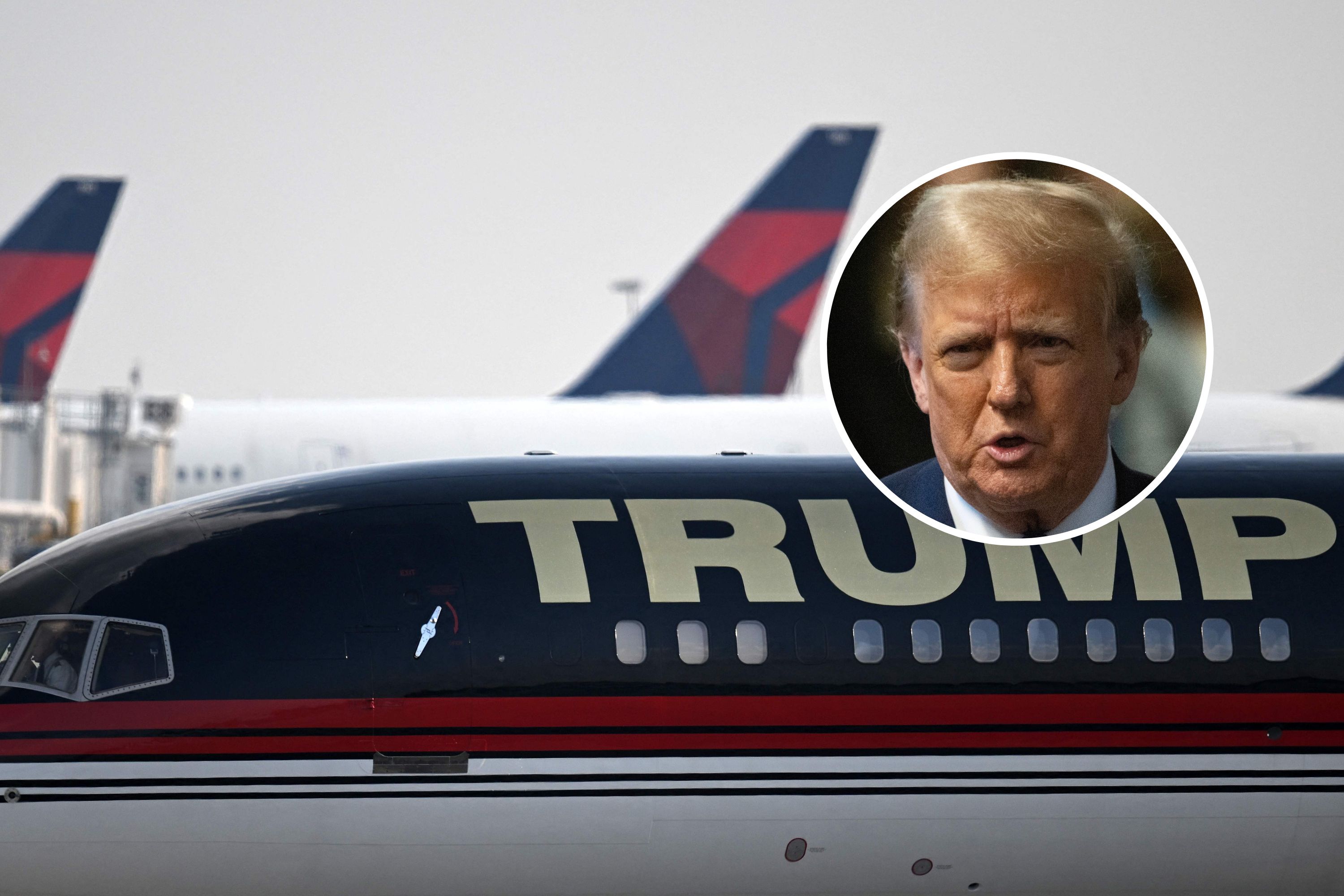Russia and Ukraine have embarked on one of their most tense encounters since Russia annexed the Crimean Peninsula amid political unrest in 2014, prompting politicians and experts to speculate on the prospect of open warfare between the two rivals.
Ukraine and its U.S.-led NATO allies have accused Russia of illegally occupying Crimea and of supporting eastern separatists in a conflict that has killed an estimated 10,000 people since 2014. Their rivalry has escalated significantly, however, after Russia's Black Sea Fleet opened fire on and seized three Ukrainian navy vessels passing Sunday through territory claimed by Moscow in the Kerch Strait, which is located between the Black Sea and the Sea of Azov.
Ukrainian President Petro Poroshenko warned Tuesday of a "full-scale war," a day after he claimed to "have serious grounds to believe Russia is ready to follow with a ground attack." Also on Tuesday, the Russian Defense Ministry announced that it had "begun testing the readiness of formations and military units of the Southern Military District," a region that includes the disputed Crimea and borders parts of Ukraine. Military trucks were spotted transporting the 3K60 Bal coastal defense missile system toward Crimea.
The following day, Russia announced it would transport the advanced S-400 anti-aircraft and missile defense system to the disputed peninsula. Though Western analysts have told Newsweek that an all-out war remained unlikely and Poroshenko promised Wednesday to "prepare the army" and "strengthen the borders," Ukraine would be vastly outnumbered and outgunned should a wider conflict ensue.

After the dissolution of the Soviet Union in the early 1990s, Ukraine held some 5,000 nuclear weapons, giving it the third-largest arsenal in the world, behind only Russia and the United States. The newly independent nation lacked the technology to launch the weapons, however, as well as the funds to maintain it. In order to maintain peace with Russia, it handed over most of its weapons of mass destruction and destroyed the rest for funds.
While ties fluctuated throughout the following years, the ousting of pro-Kremlin President Viktor Yanukovych in 2014 brought with it a falling out in relations as Russia moved troops into the Crimean Peninsula, which eventually voted to join Russia in a referendum rejected by Ukraine and a number of Western nations and their allies. With no nuclear deterrent and little conventional force, Ukrainian troops were powerless to regain Crimea and have struggled against the eastern rebellion, even with the support of U.S. military advisers and various local militias mobilized by the government.
Military Personnel
The Ukrainian armed forces, which were placed on high alert Monday, were composed of about 250,000 personnel, including about 204,000 troops, according to the Ukrainian Defense Ministry, a figure dwarfed by 1.9 million Russian military personnel, a 2018 estimate that includes some 1,013,628 servicemen. Russian military expenditure also topped off in 2017 at $66.3 billion as compared to Ukraine's $3.6 billion, according to the Stockholm International Peace Research Institute.
Tanks
Russia also commands the world's largest tank army, with some 20,000 such vehicles, and the Ukrainian government claimed last year that the number of Russian tanks covertly operating in support of rebels in Ukraine alone numbered about 680, a figure that would outrank the tank forces of the United Kingdom and Germany combined. Moscow has denied providing military assistance to the Donbass insurgency.

Navy
As for the Ukrainian navy, much of its ships were lost when Russia gained control of Crimea, and three more were seized in Sunday's incident. Though Russia lost its sole aircraft carrier in a floating drydock incident late last month, the Black Sea Fleet has dozens of warships and the navy was set to receive 26 more vessels by the end of this year. Commentator Michael Bociurkiw argued Wednesday in a CNN op-ed that Ukraine was "woefully unprepared to wage a fight with Russia at sea" and that a Russian amphibious assault on the Azov coastline "would face little opposition."
Aircraft
Dozens of Ukrainian aircraft were also taken in the annexation of Crimea. Even in Ukrainian hands, however, many of these planes were deemed unable to fly. David Axe of the War Is Boring blog wrote in April 2014 that "16 Su-27s, 24 MiG-29s, 35 Su-24s and 24 Su-25s were flightworthy at the time of the Russian annexation" a month earlier and that "just 15 percent of the air force's planes were combat-ready," citing a local survey.
A more recent assessment written by Mykola Bielieskov last month found that—following a deadly Su-27UB1M crash involving a Ukrainian pilot and a U.S. pilot—"the Ukrainian Air Force is left with seventeen Su-27s, in addition to twenty-one MiG-29 Fulcrums, a lightweight short-range tactical fighter comparable to the F-16." He added: "It also can muster thirteen Su-25 Frogfoot ground-attack jets, a dozen Su-24 supersonic bombers, and forty-six L-39 jet trainers which can serve in the light attack role." It also has a number of heavy transport planes, reconnaissance aircraft and helicopters.
The Defense Intelligence Agency's 2017 Russia Military Power report detailed the country's air power as consisting of a vast array of equipment, including 141 bombers, 420 fighters, 345 fighter ground-attack aircraft, 215 attack jets, 32 electronic intelligence aircraft, 22 airborne warning and control aircraft, six command and control aircraft, 15 tankers, 122 heavy transport planes and 198 trainers. More modernized aircraft have begun entering service as of this year.

Ukraine Outgunned
Writing for the Foreign Policy Research Institute, analyst Denys Kiryukhin stated in August that Ukraine's tank force degraded from some "780,000 troops, 6,500 tanks, 1,100 combat aircraft, and more than 500 ships" in the post-Soviet era to about "184,000 soldiers, roughly 700 tanks, 170 combat aircraft, and 22 warships" in early 2013. Kiryukhin noted, however, that the "process of comprehensive military overhaul, slated for completion in 2020, remains ongoing" and that these "reforms have been some of the most successful since the country's independence."
In an article published in February by TheNational Interest, expert Mykola Bielieskov argued that "Ukraine's military is back" as it has come a long way from 2014. He cited vast increases in spending, along with missile development and "as many as seventy-one fully functioning fourth-generation fighters." He also noted that the military had received a total of 4,142 tanks and armored vehicles in 2014, 3,227 units in 2015 and 530 units in 2016, arguing that "Ukraine has satisfied its needs for tanks and armored vehicles."
Still, without NATO membership, the Western military alliance would have no obligation to intervene on Ukraine's behalf, potentially leaving the nation to face Russia on its own. Even if NATO should step in, experts have pointed out how organizational and strategic shortcomings could lead to the serious losses for the alliance on its frontlines with Russia.
Uncommon Knowledge
Newsweek is committed to challenging conventional wisdom and finding connections in the search for common ground.
Newsweek is committed to challenging conventional wisdom and finding connections in the search for common ground.
About the writer
Based in his hometown of Staten Island, New York City, Tom O'Connor is an award-winning Senior Writer of Foreign Policy ... Read more
To read how Newsweek uses AI as a newsroom tool, Click here.








